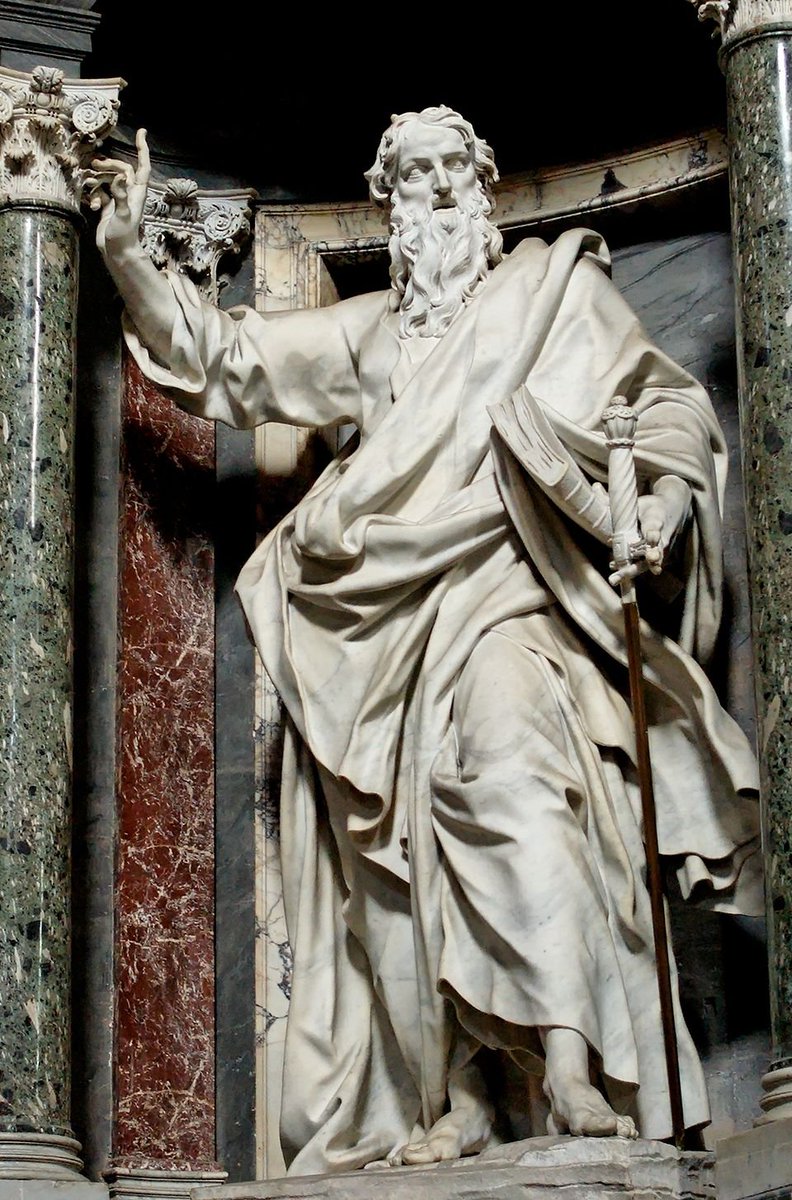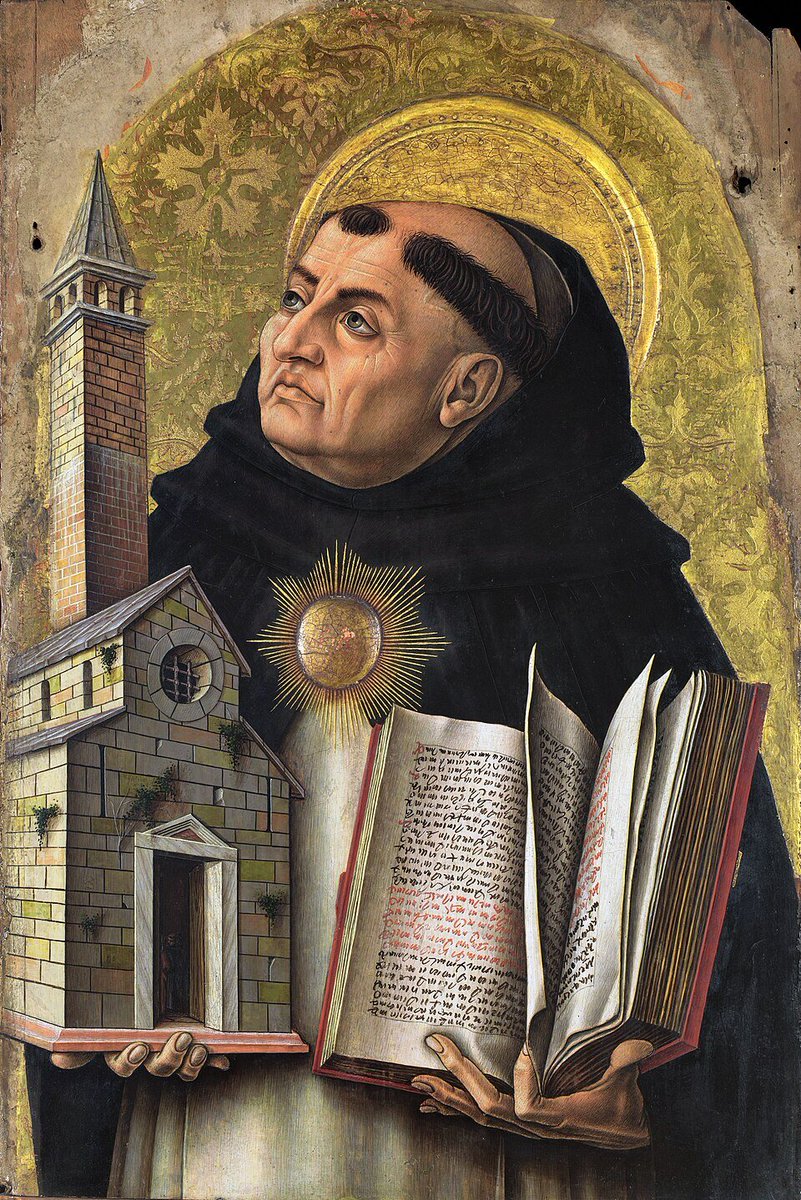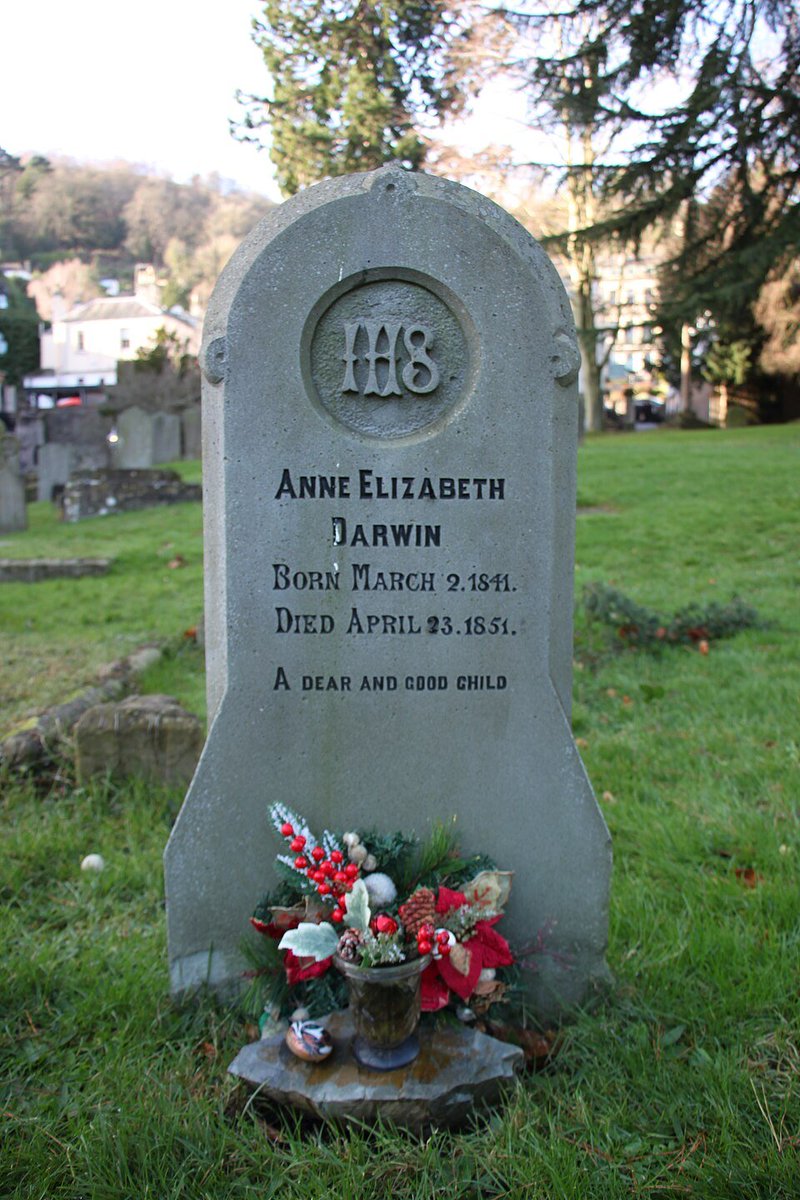Behold the raw emotion and divine narrative of Easter, captured by the brushes of history's master artists.
Let us explore the story of Easter through these unparalleled masterpieces. 🧵⤵️
Let us explore the story of Easter through these unparalleled masterpieces. 🧵⤵️

Leonardo da Vinci's The Last Supper (1495-1498) - This mural painting located in Milan's Convent of Santa Maria delle Grazie depicts Jesus Christ with His disciples during the Last Supper, where He announces that one of them will betray Him. 

Andrea Mantegna's The Agony in the Garden of Gethsemane (c. 1455) - This painting shows Jesus praying in the Garden of Gethsemane while the Apostles sleep and Judas leads the soldiers to arrest Him. 

Caravaggio's The Betrayal of Christ (1602) - Also known as "The Taking of Christ," it illustrates the moment Judas betrays Jesus with a kiss, signaling His arrest by soldiers. 

Caravaggio's Denial of Saint Peter (1610) - Another interpretation of Peter denying Jesus thrice, emphasizing the emotional intensity of the moment through light and shadow. 

Nikolai Ge's What is Truth? Christ and Pilate (1890) - Depicts the philosophical exchange between Jesus and Pontius Pilate, exploring the concept of truth. 

Antonio Ciseri's Ecce Homo (Behold the Man) (1871) - Shows Pilate presenting a scourged Jesus to the hostile Jerusalem crowd, with the famous words "Behold the Man." 

Peter Paul Rubens' The Flagellation of Christ (c. 1600) - This painting vividly depicts the physical torment of Jesus as He is whipped by soldiers. 

Titian's Christ Carrying the Cross (1565) - Titian's rendition also captures the struggle and emotional intensity of Jesus as He carries the cross. 

Pieter Bruegel the Elder's Procession to Calvary (1564) - This painting presents the journey to Calvary as a large procession, blending the biblical story with contemporary (16th century) Flemish life. 

Raphael's Christ Falling on the Way to Calvary (1514-1516) - Also known as "Lo Spasimo," shows a moment when Jesus falls under the weight of the cross, highlighting the human suffering in His journey. 

Caravaggio's Crowning with Thorns (1602-1607) - Another powerful Caravaggio work depicting Jesus being mockingly crowned with thorns by soldiers. 

Giovanni Donato da Montorfano's "Crucifixion," painted in 1495, is a fresco that depicts the moment of Jesus Christ's crucifixion. It portrays Jesus on the cross, surrounded by figures including the Virgin Mary, Saint John the Evangelist, and other mourners. 

James Tissot's Crucifixion, Seen from the Cross (c. 1890) - Offers a unique perspective on the crucifixion, as if viewed from Jesus' position on the cross. 

Peter Paul Rubens' The Descent from the Cross (1612-1614) - A dramatic Baroque masterpiece showing the removal of Jesus' body from the cross. 

Caravaggio's The Entombment of Christ (1602-1604) - Focuses on the moment Jesus' body is carried to His tomb, capturing the grief of His followers. 

The Resurrection by Andrea Mantegna (1457–1459) vividly captures the triumphant moment of Jesus Christ rising from the tomb, a powerful depiction of victory over death, showcasing Mantegna's mastery in perspective and emotion. 

Piero della Francesca's The Resurrection (1463-1465) - This fresco depicts Jesus rising from the tomb, symbolizing victory over death and sin, a powerful image of the Easter story's conclusion. 

• • •
Missing some Tweet in this thread? You can try to
force a refresh























